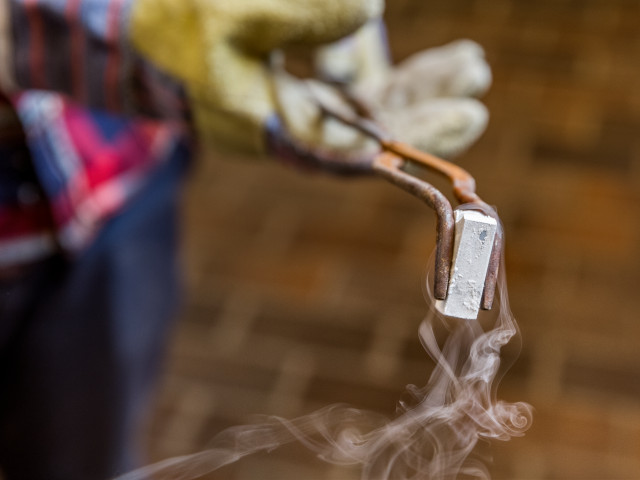The course deals with:
- Equilibria and transformations in metallic materials
- Basic theory of phase transformations
- Basic thermodynamics and application of binary phase diagrams
- Development of micro and nanostructures through nucleation and growth
- Crystalline and amorphous solidification
- Transformations in solid phase
- Recrystallisation, grain growth and coarsening
- TTT and CCT diagrams
- Calculations of the effect of surface energy on equilibrium, driving force for initial precipitation, critical radius for nucleation, growth speed, segregation during solidification, grain growth and transformation speed
